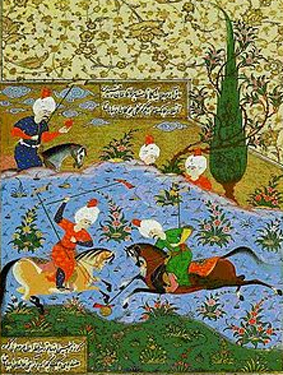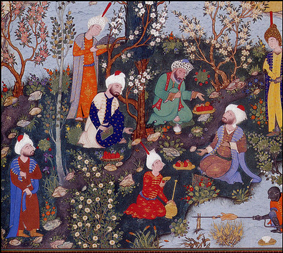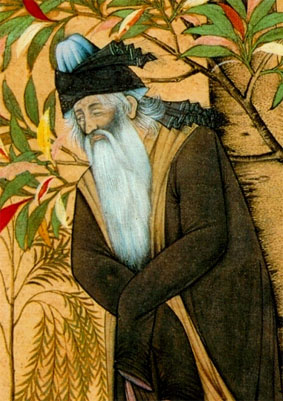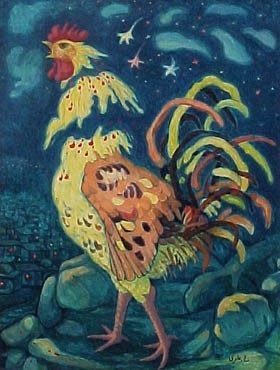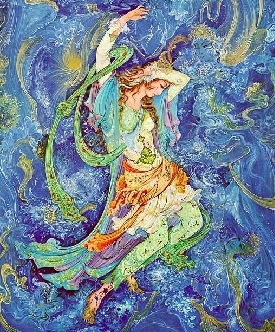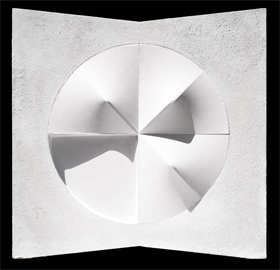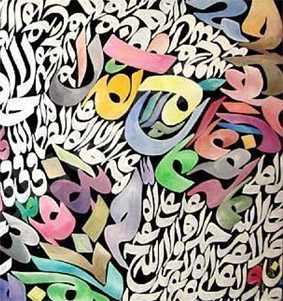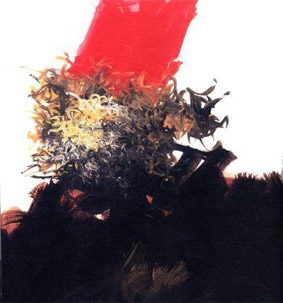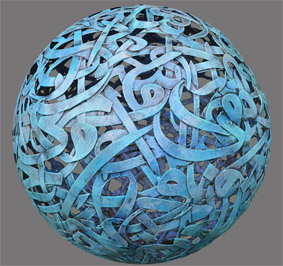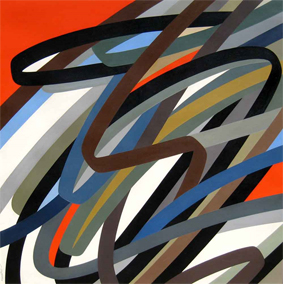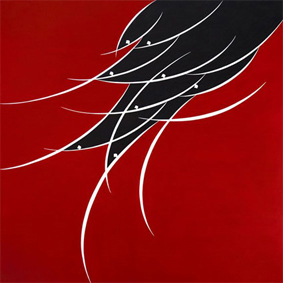
Abd al-Hayy (1374 – 1405) was an illustrator and a painter. He trained under Shams al-Din at Baghdad during the reign of the Jalayirid Shaikh Awais Jalayir (1356-74) and became the leading painter under his son Ahmad, who was also `Abd al-Hayy’s pupil. When Timur took Baghdad, `Abd al-Hayy was sent to Samarkand, either in 1393 or in 1401, where he spent the rest of his life.
He seems to have specialized in monochrome ink drawings. `Abd al-Hayy was a skilled painter who worked for Timur on wall paintings at Timurid palaces.The wall painting of the woman and child is similar to marginal drawings in a copy of Ahmad Jalayir’s Divan, which have also been attributed to `Abd al-Hayy. According to Dust Mohammad, one of `Abd al-Hayy’s students was Pir Ahmad Baghshimali.
Dust Muhammad attributed one painting to `Abd al-Hayy in the Divan. It was detached from a copy of the Divan (‘Collected poems’) of Khwaju Kermani copied at Baghdad in 1396. The scene of a sleeping youth visited by angels is in the same style as the other paintings in the manuscript, one of which is signed by Junayd.

